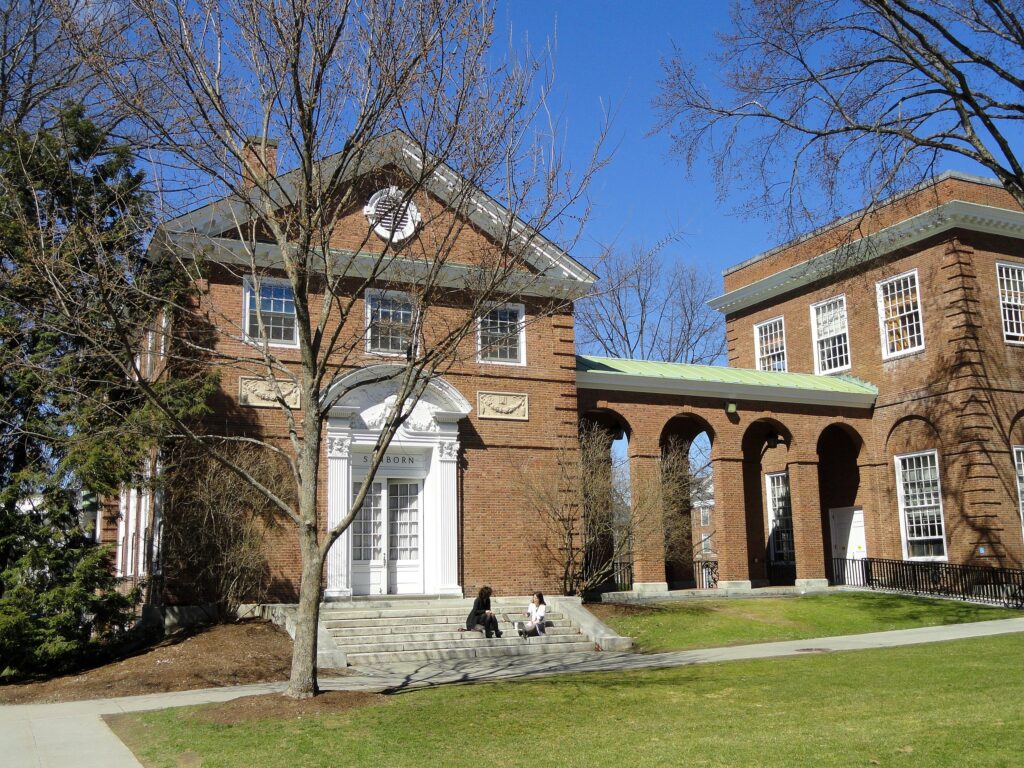For nearly 120 years, Writing Centers have been among the first establishments to respond to changing social attitudes in the world. Because of our unique, and oftentimes alternative approach to education, events throughout history have played a key role in shaping the way we approach peer-tutoring. Curious of how these practices have evolved over time, I decided to investigate the specific history behind Writing Center theory and pedagogy. Examining our wonderfully complex past, we can begin to see where today’s perceptions and approaches to tutoring first began.
In the 1910s through the 1930s, Writing Labs were viewed as a “fix-it” shop for grammar and other sentence-level issues (Carino, 1995). Students were sent to these facilities on the basis of having poor writing skills. Throughout the early 20th century, Writing Centers largely existed to correct individual papers and teach grammar rules to students, all while lacking a theoretical understanding of how learning occurs (Lundsford, 1991). In a sense, they were storehouses of standard English writing conventions.
Despite these obvious issues, the early writing lab contained many features that are still implemented today. Peer-review groups, one-on-one instruction (Carino, 1995), and hands-on approaches to writing were all practices begun during this period (Boquet, 1999). Likewise, as early as 1913, discourse began to emerge on the importance on fostering a relationship with writers and respecting student’s work within the classroom environment (Carino, 1995). Today, these ideas are still held as core beliefs. Even within our own writing center, respect is considered a primary value, informing the very ways we approach tutoring at DePaul.
In the late 1930s and 40s, the writing center continued to expand into its more modern form. Breaking away from the English Department, the Writing Lab became an independent institution on college campuses. This setup facilitated peer review and individualized instruction since Writing Center staff was no longer catering to specific instructions from professors (Carino, 1995). By breaking into its own entity, usage of the Writing Center began to spread across disciplines. Eventually, the Writing Lab was recognized as its own entity rather than an extension of the classroom (Boquet, 1999).
Despite the breakthroughs in the mid-20th century, it wasn’t until the 1970s that Writing Center theory began to look intrinsically. Shifting away from the old-fashioned “grammar storehouse,” new scholarship sought a deeper understanding of what it means to be a tutor. Political and social change is the main cause behind these evolving perspectives. Recently diversified college campuses were now home to students across varying cultural, racial, and socio-economic backgrounds.
At the 1966 Dartmouth Literacy Conference, it was proposed that Writing Centers engage in student-focused tutoring to better fit the rapidly changing world. Writing Centers began to examine the relationship between peers and the importance of social interaction in the learning process. Concepts like collaborative agenda-setting and accommodating the writer came into play – all of which are still important components of the modern Writing Center. At this same conference, early conversations around linguistic diversity began. Teaching Standard English was argued to be a form of “cultural imperialism,” and so new tutoring methods were encouraged to emphasize “fluency rather than correctness” (Carino, 1996).

Today, continuing examinations of the relationship between tutor and writer form much of the current Writing Center scholarship. As first introduced in the 1970s, new theories investigate our role as tutors within the “contact zone” of the Writing Center. Navigating cultural, linguistic, and physical differences within peer tutoring, modern theories emphasize learning as a social process. Some look at the physical space within a Writing Center, examining “the material, spatial, and interactive components that make up productive collaborations between writers and consultants” (Brazeau, 2020, p.8).
Other present-day researchers have looked at the role of the Writing Center within larger society. A 2021 article explains “that community-engaged writing and literacy centers are uniquely positioned to respond to the needs of the community” (Latta, Raica-Klotz, and Giroux, 2021, p.2). The Writing Center, being an independent learning environment, has the capacity to change and adjust at a much faster rate than entire universities. This equips tutors with a unique responsibility: to be aware of privilege, power, and oppression within the context of writing.
In a 1996 article, scholar Peter Carino writes that “writing center history is maddeningly but joyously complicated” (p. 42). Such a statement couldn’t be truer, as Writing Center history is far from a linear string of events. Since its earliest beginnings, different voices and perspectives within Writing Center theory have been in contention with one another. To this day, new scholarship grapples with various social and ethical questions:
- How do we ensure a learning environment that benefits all writers?
- How do we expand the use of the Writing Center across different disciplines and means of communication?
- How do we enact linguistic diversity within tutoring?
By studying where we’ve been throughout Writing Center history, we can take a more informed approach when confronting the issues of today. This complex and diverse history serves not only as a story, but as a reminder of the ability for the Writing Center to evolve over time. As tutors, we must be willing to accept change as a necessary component of education. Just as they have for the past century, Writing Center theory and pedagogy will continue to adjust with time, illuminating the paths forward towards more inclusive, effective, and student-guided tutoring.
For more information, or a complete list of resources, my original presentation is included below:
Discover more from UCWbLing
Subscribe to get the latest posts sent to your email.
